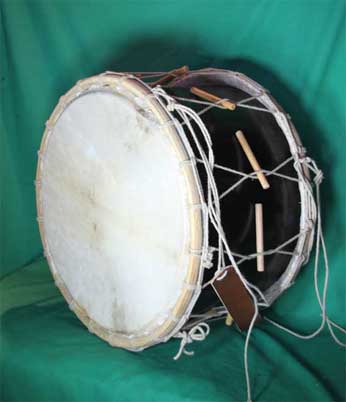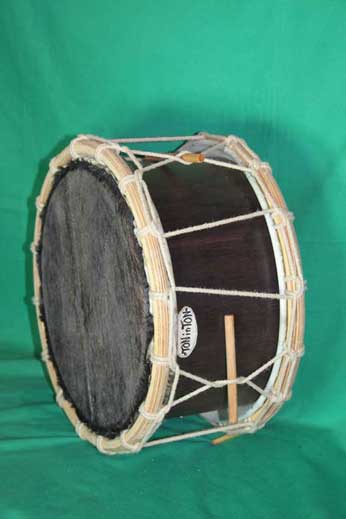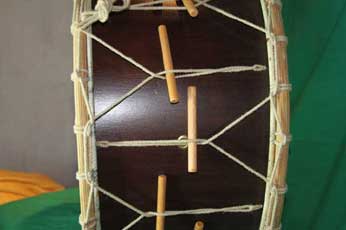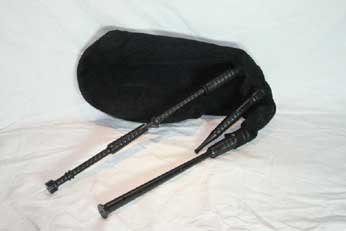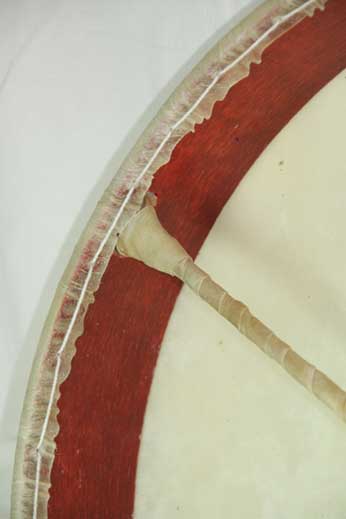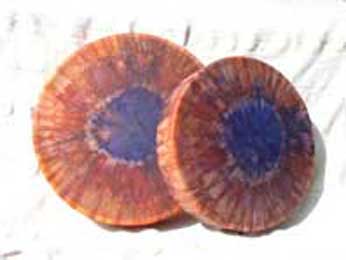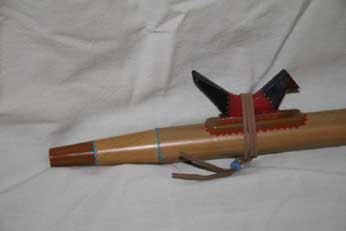Davul
die grosse orientalische Trommel, eine Basstrommel
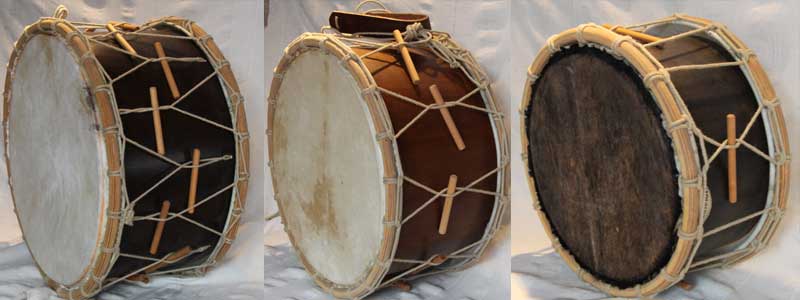
Die Davul ist eine grosse flache Trommel. Ursprünglich aus dem Orient ist sie auch auf Mittelaltermärkten beliebt. Traditionell zur Zurna gespielt, ertönt sie dann zu lauten Dudelsäcken.
Die grosse orientalische Trommel.
Ihre Wurzeln lassen sich bis ins biblische Babylon zurückverfolgen. Heute wird sie bis nach Indien hinein gespielt, bei uns ist sie in erster Linie als türkische Davul bekannt.
Vor den Bauch gebunden wird sie auf der einen, der helleren Seite mit einer Weidenrute geschlagen, auf der anderen, der Bassseite, mit einem dicken Holzschlegel.
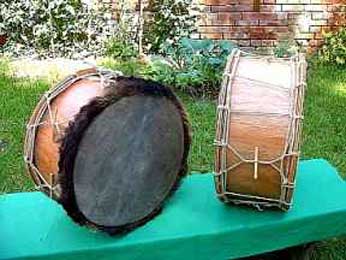
Wir bauen die Davul aus einem leichten gebogenen Holzkorpus, der in unserer bewährten Technik mit einem unterliegenden Metall- und einem darübersitzenden Holzring verspannt wird. Wir beziehen diese Trommeln sowohl mit Ziegenhäuten als auch mit Kalbspergamenten.
Für die hohe Seite, die traditionell mit der Rute gespielt wird, ziehen wir in der Regel ein Ziegenpergament auf, die Basseite wird mit einer dickeren oder einer naturbelassenen Ziegenhaut bzw. mit Rinderpergament bespannt.
Je nach Größe und Bespannung können da höhere Tonlagen erreicht werden, als auch ausgesprochene Basstrommeln entstehen.
Mit den rundum angeordneten Holzknebeln stimmt man die Trommel dann auf die gewünschten Tonhöhen.
Davul
Wir stellen die Davul in verschiedenen Größen her:
- 32x18 cm
- 40 x 25 cm
- 44 x 25 cm
- 48 x 30 cm
- 52 x 30 cm
- 56 x 30 cm
Die allgemein bevorzugten Grössen sind 48 und 52 cm im Durchmesser.
Es sind aber auch andere Formate vorstellbar.
Farblich kann zwischen einem hellen Holzton (Teak) und einem dunklen (Nussbaum dunkel) gewählt werden.
Als Felle stehen Ziegenpergamente, Kalbspergament oder Ziegenpaergament mit Haar zur Verfügung.
entkoppelte Davul
Bei den traditionellen Modellen verspannen sich beide Felle zueinander. Das heisst man kann nicht eine Seite unabhängig von der anderen spannen.
Um dieses Problem zu umgehen, haben wir eine neue Spannkonstruktion entwickelt, wo jede Seite separat gespannt werden kann. Die Schnur wird dabei nicht zur anderen Fellseite gezogen, sondern an Punkten im Korpus fixiert.
Dies ermöglicht es nun, jede Seite für sich auf einen bestimmten Ton zu stimmen und auch beide Töne der Davul zueinander. Wobei der Grundton einer Seite weiterhin vom Durchmesser und der Wahl des Felles abhängt.
Dieses System bieten wir nur bei den grösseren Davul ab 48 cm an.
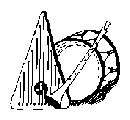
 English
English
 French
French
 German
German
